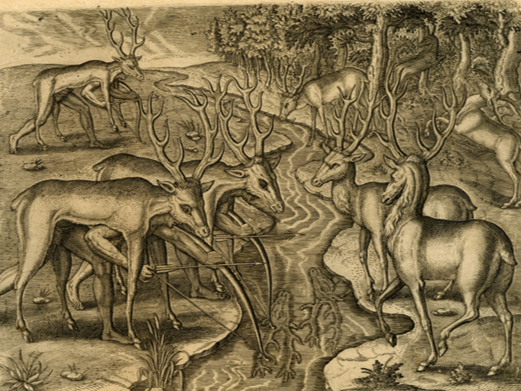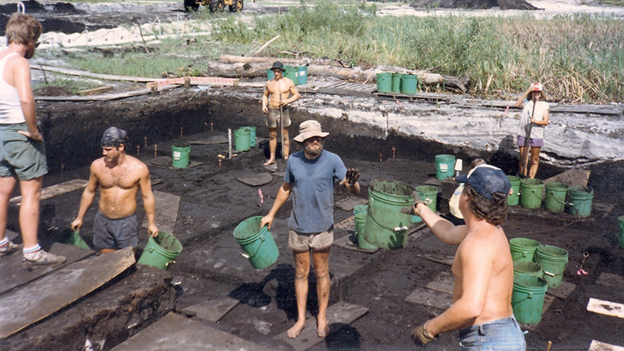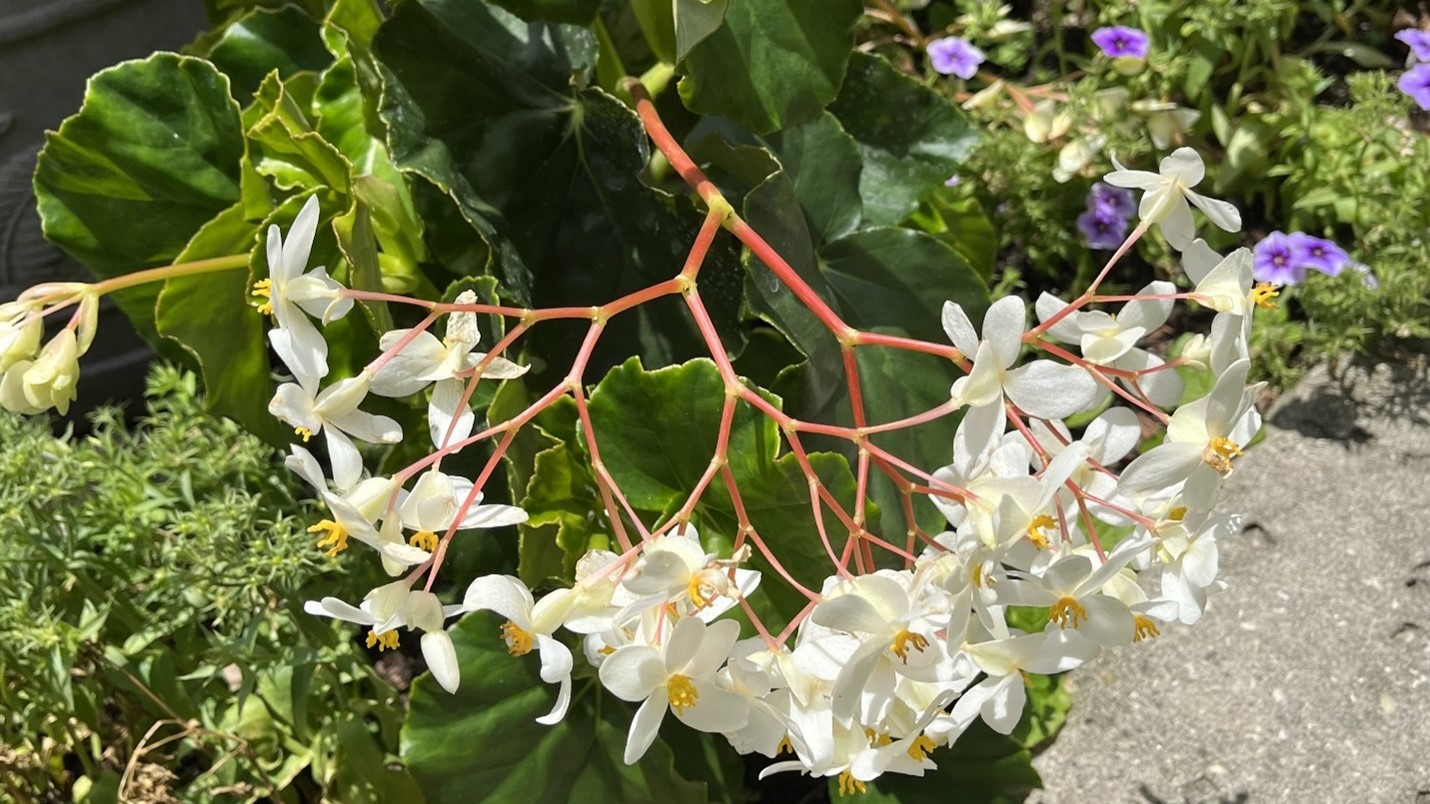By Discovery Fellow Gregory Nobleza
When I began the Discovery Fellowship, I really wanted to look at the indigenous plants and landscapes of Florida, such as what information related to plants has been cataloged throughout the centuries and how indigenous people continue to use plants in the digital era. The P.K. Yonge Library of Florida History contained many different approaches to this topic.
One of the first things that I looked at were writings by John and William Bartram. They recounted their encounters with native flora and fauna in Georgia and Florida, with detailed accounts of what existed in Florida in the eighteenth and nineteenth century. I was pleasantly surprised by John’s and William’s writings; John wrote methodically, giving exact details of native landscapes, whereas William wrote poetically, painting a vivid picture of Florida at the time.

This engraving was created by Theodor de Bry to capture Europe’s imagination of the New World. The plants in this engraving contain plants that are not native to America with a scenario based off of stories from voyagers to the New World. (Image from the Harn Museum of Art)
I then looked into Theodore de Bry’s engravings on indigenous Americans and the landscapes in colonial America. I learned that de Bry was never in America and was, at best, a third hand source. His intentions were to simply install the image of the “New World” into Europeans, using random plants and imagined scenes to create his engravings. This was a stark contrast to the Bartrams’ encounters and showed me how varied the information on the Floridian landscape can be.
I then decided to look more into native plants and landscapes today. I began reading one of my favorite sources from my research so far: “Healing Plants: Medicine of the Florida Seminole Indians” by Alice Micco Snow. The first part of this book was a look into modern Seminole life, and how native plants and indigenous healing practices are used in conjunction with modern medicine. It was incredible to see how plants are at the core of the Seminole culture and how they are essential to things like spirituality and even language. There was a huge table of uses and translation for each native plant at the end of the book that ensnared me for hours.

The initial excavation of the Windover site, after a construction company found bones buried within the peat. Photo: PBS
After discovering these sources, I am now looking more into how native landscapes and plants are being discovered, preserved, and used in the modern day. For example, I am currently reading about the Windover site, an ancient Native American burial site in Brevard County discovered during the construction of a housing development. I am also considering a larger question: how do societies, long-lost and still-standing, survive amidst technology, urbanization, and globalization that isn’t compatible with preserving these cultures?
Featured Image Credit: Flowers like this one growing in my grandmother’s garden first got me interested in gardens and horticulture (photo by the author)
